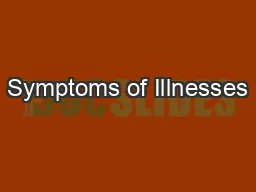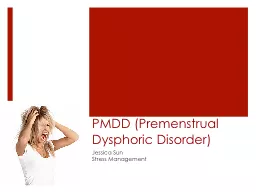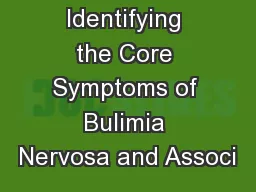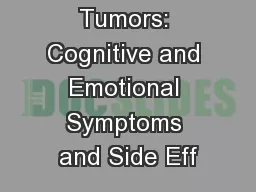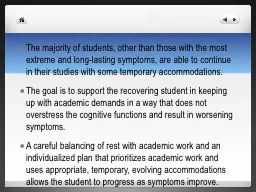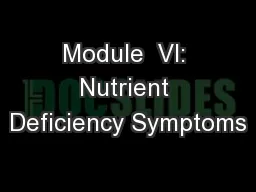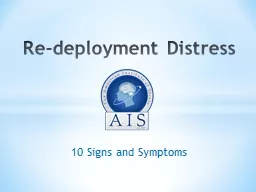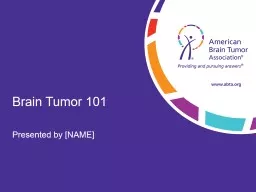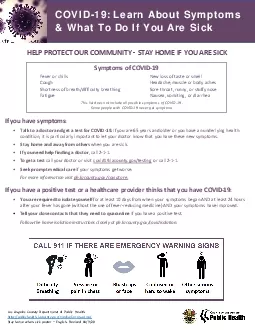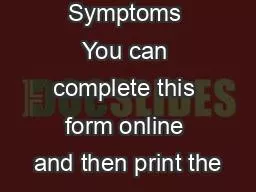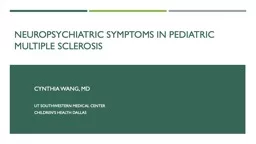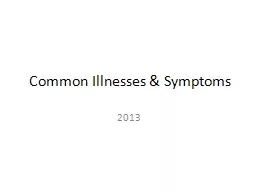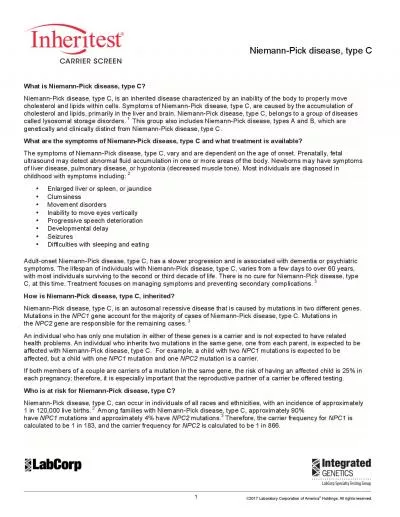PDF-What are the symptoms
Author : reese | Published Date : 2022-09-02
What is it Transverse Myelitis TM is a neurological disorder caused by inx66006Cammation across both sides of one segment of the spinal cord During an inx66006Cammatory
Presentation Embed Code
Download Presentation
Download Presentation The PPT/PDF document "What are the symptoms" is the property of its rightful owner. Permission is granted to download and print the materials on this website for personal, non-commercial use only, and to display it on your personal computer provided you do not modify the materials and that you retain all copyright notices contained in the materials. By downloading content from our website, you accept the terms of this agreement.
What are the symptoms: Transcript
Download Rules Of Document
"What are the symptoms"The content belongs to its owner. You may download and print it for personal use, without modification, and keep all copyright notices. By downloading, you agree to these terms.
Related Documents


